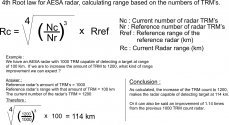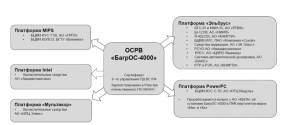This is very likely.Under the same technology, the number of TRM will affect the ability of AESA, H036-1-01 has only 1552 TRM.[AN/APG-81 has 1676 TRM] There is no inevitable relationship between capacity and age,such as J20/J35 still uses engines that lag behind US for two decades or more.This is similar to the problems encountered by Russia in the electronics industry
Yeah, but this require more insight. It is true that more TRM = more performance. but the differences doesnt seem to be many.
The following is a simple rules of thumb of comparing ranges of AESA by just module numbers.

Now we have APG-81 vs N036. Assuming same conditions and same power rating.. the advantages of 1676 TRM would be :
Rf=((1676/1552)^3)^(1/4)
Rf=1.1
Where Rf is Range factor.
So the advantage is 1.1. Thus if N036 can detect target at 100 km.. the APG-81 will detect the same target at 110 km. I'm kinda wonder tho if 10 km advantage would be significant. Especially assuming air combat where the participants will move rather fast. If one wish to gain advantage like say, twice the detection range or a factor of 2. It would require 3910 TRM.
--------
Considering that PLAAF has bought Su35 and Irbis-E, and that the two authors of the paper are senior engineers and researchers at CAC, I think this is very credible.
Yes. although i think some factors like Radar and especially RCS needs further explanation.

